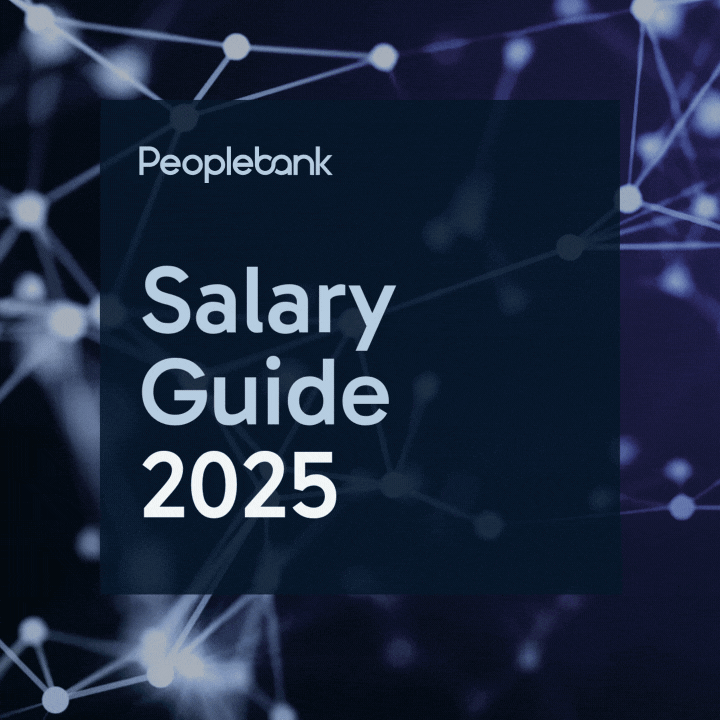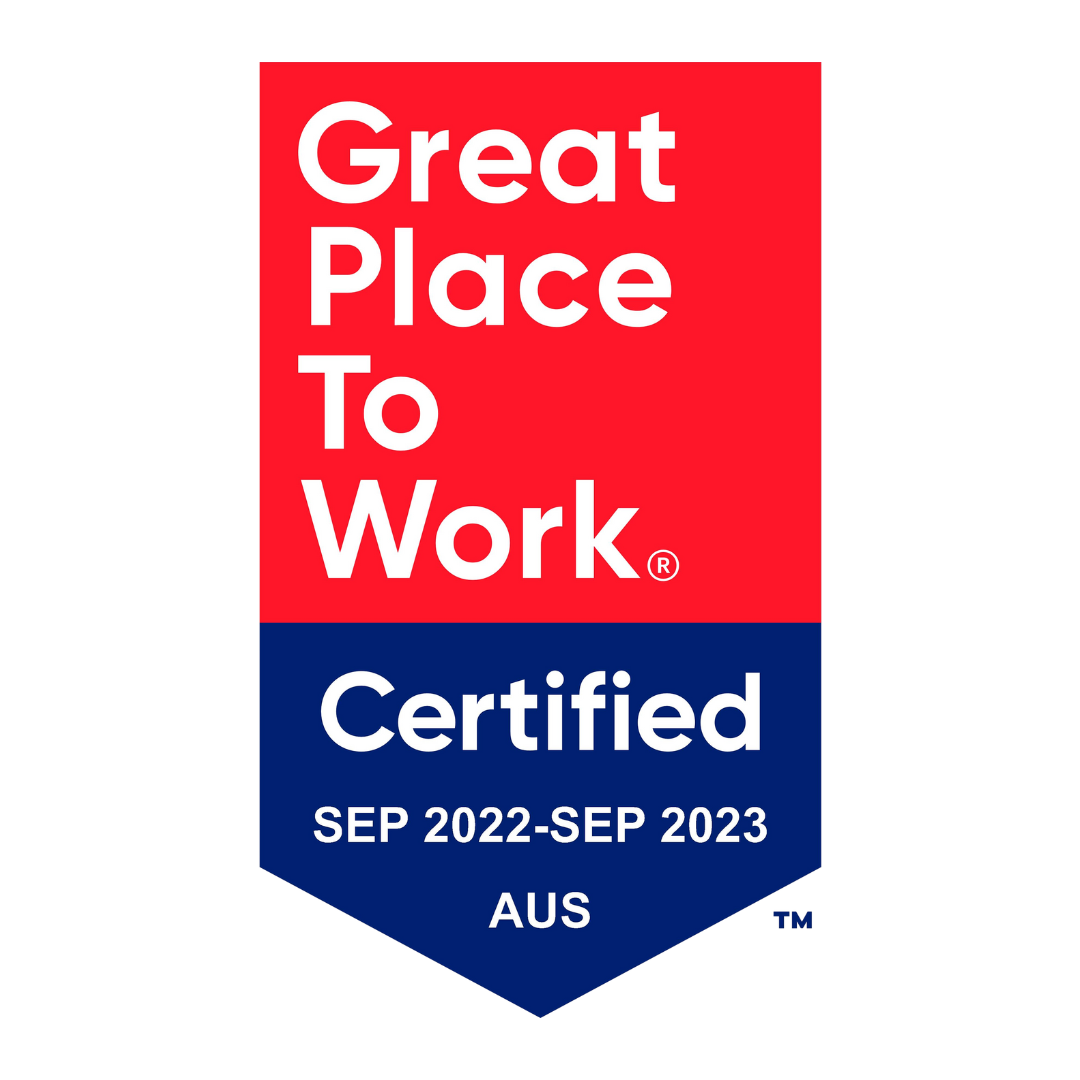What Hybrid Working Means for Us
As we all know, in 2020, when the pandemic hit, it fundamentally changed the way we work. On mass, formal offices were empty and our homes were our new workplace. In the times between lockdowns and harsh restrictions, where things almost feel normal again, it’s clear that working from home is here to stay for the long term.
Peoplebank and Chandler Macleod realised the benefits of working from home, whilst also acknowledging that there were others who preferred being in the office environment. Additionally, many liked the idea of combining both ways of working together.
So, the business decided to update the Flexible Working Policy and develop their current and new Hybrid Working Policy.
How does the Hybrid Working Policy work?
The new policy guides employees and managers to make the choice together to best suit the employee’s work style as well as their team and clients.
The new policy indicates the importance of remaining connected no matter our choice of workspace, to the company purpose, our clients, and to one another.
What does Hybrid Working look like for us?
As mentioned above, it looks different for each employee.
- Some prefer to go into the office every day (when we are permitted to).
- Some choose certain days of the week to work in the office whilst working from home on the remaining days.
- Some opt to remain working from home full time.
A core element to make Hybrid Working easy for our employees is to make sure our technology is up to scratch both in office and at home.
We are looking to create more collaborative office spaces in the future so that when employees are at work, they can connect more, hence the project name ‘The Connected Workspace’ which will focus on creating a space with the below elements:
- A focus on ease of communication
- Ease of mobility (especially around technology)
- Sustainability
- Collaboration
- Flexibility
- Accessibility
As a company, we are so proud of the participation from employees to help them build both a successful Hybrid Working Policy as well as an ideal Connected Workspace plan. There is plenty of excitement around new flexible work schedules that cater to individuals.






















